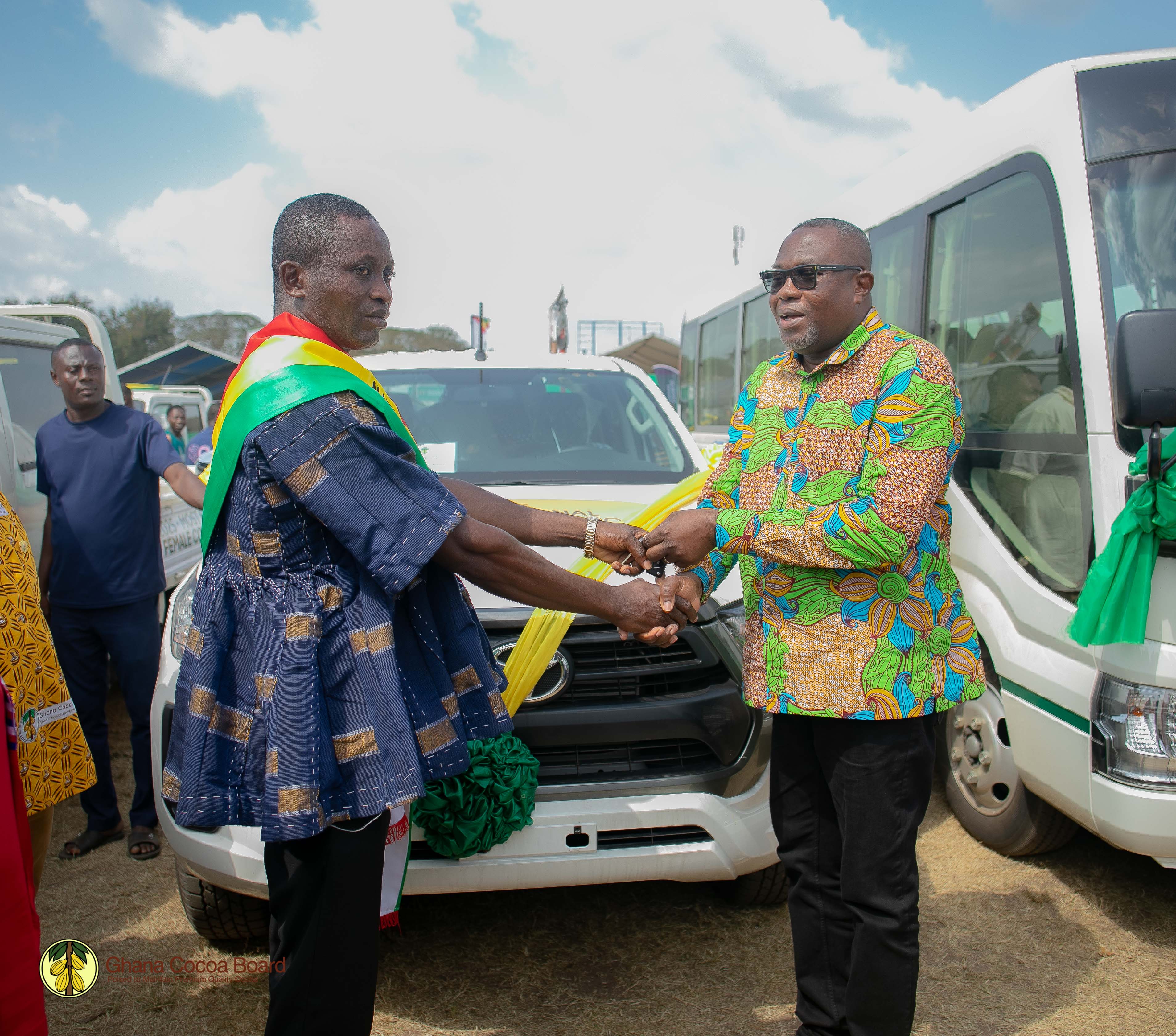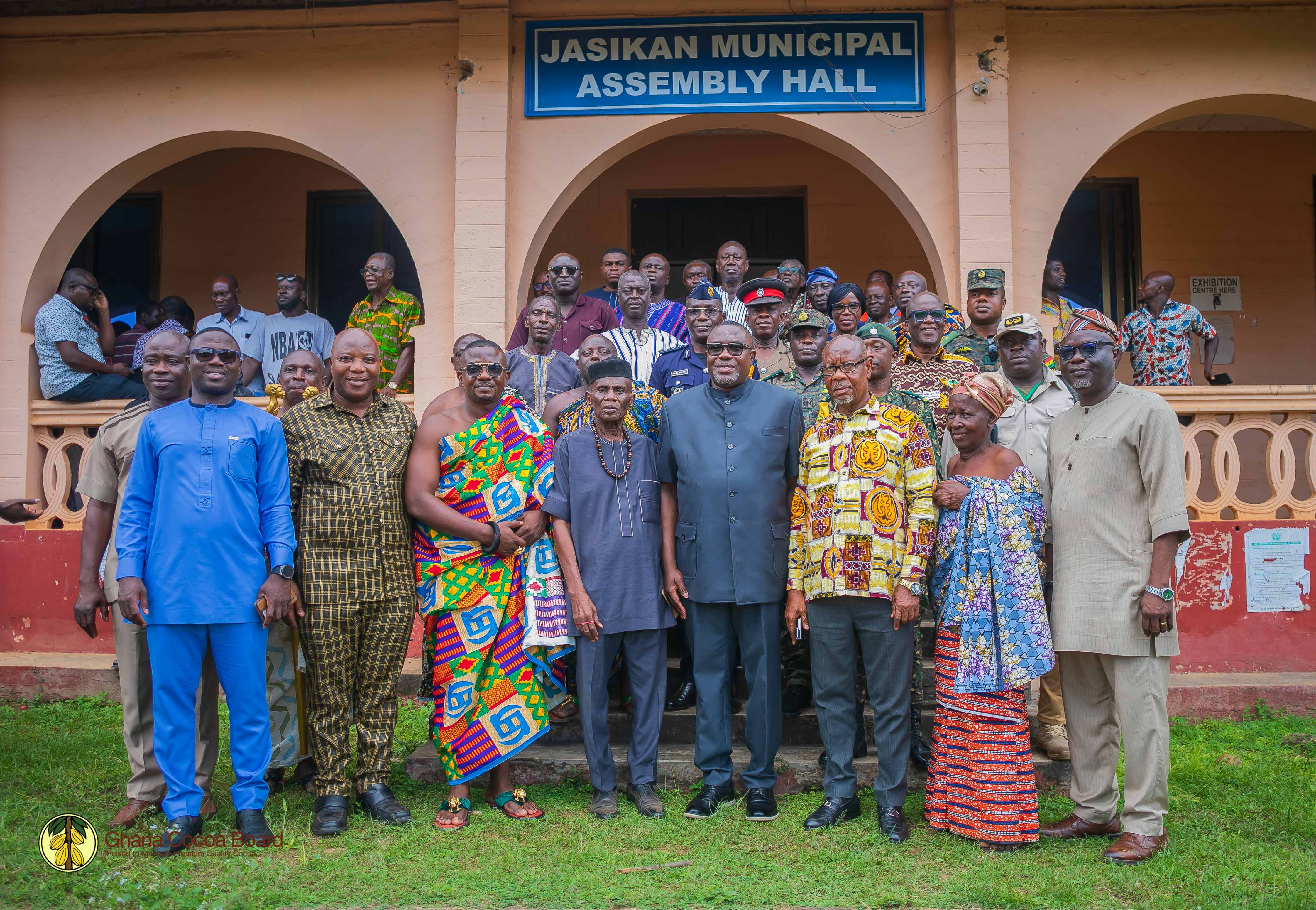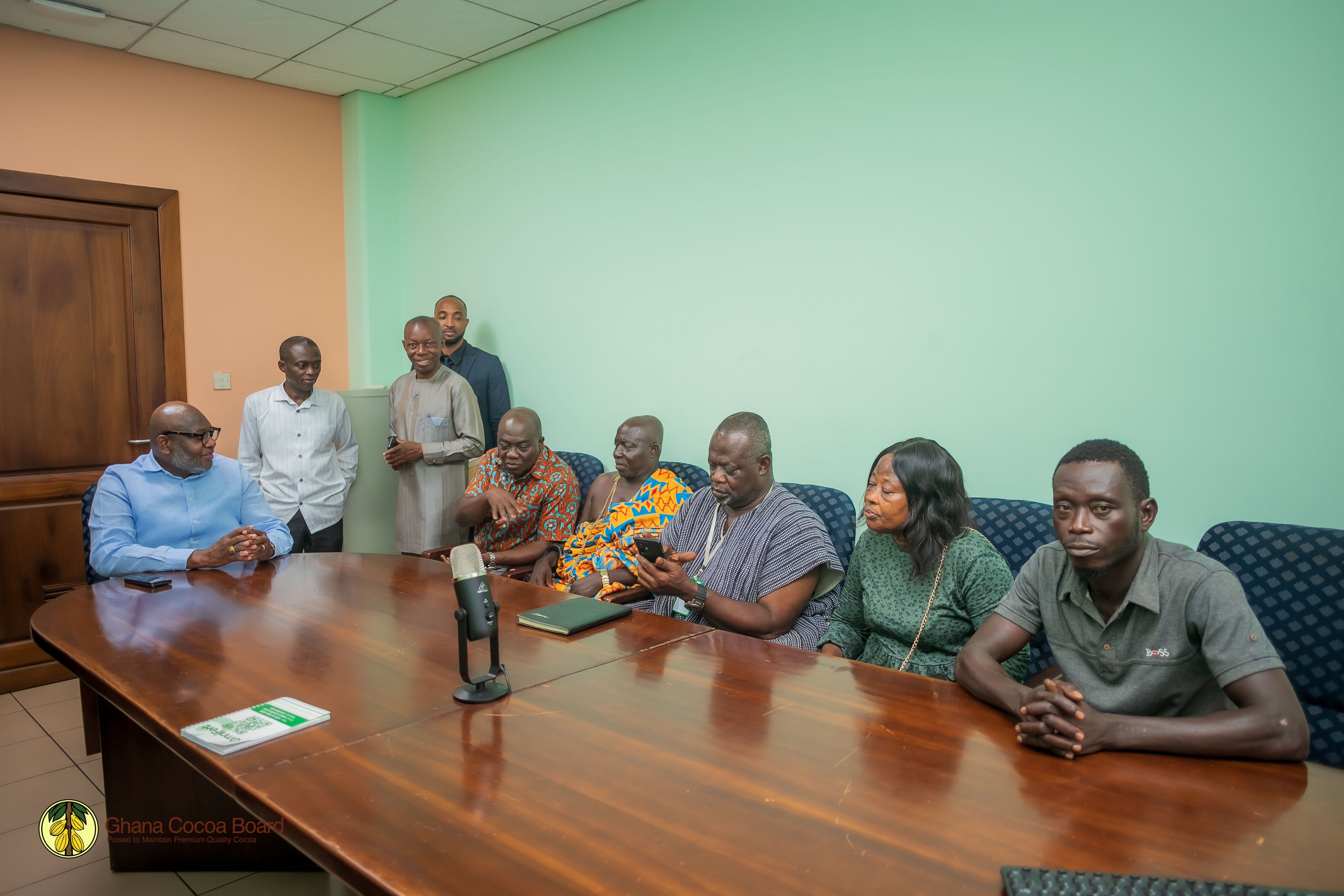SOLAR ENERGY: EXPLORING POTENTIAL AREAS FOR APPLICATION IN GHANA’S COCOA SECTOR

Date: 01st August 2022
The effects of climate change on especially agriculture production have put a necessity on countries to consider the use of renewal energy to reduce the over-reliance on the use of fossil fuels and their concomitant impact on the environment and ecosystem.
The shift to the use of solar energy has become an obvious choice as the amount of energy from the sun each day is enormous, readily available and cheap to support the generation of electricity to enhance various activities within the agricultural value chain.
According to Elstad (2022) solar energy is an important renewable energy technology that is emission-free, versatile and capable of generating electricity, heat water, and even power vehicles and other implements that are used to support the production of crops. Quoting further from an IEA report, Elstad (2022) indicated that a huge growth potential exists for solar energy to become a key source of power, which will provide more than 27% of global electricity by 2050.
Although the rate of solar energy adoption in countries could be potentially hampered by economic, technical, awareness and information, financial, regulatory and policy, institutional and administrative, social and environmental, and end-use/demand-side barriers, and novelty factors (Painuly & Wohlgemuth, 2021), the prospects of introducing solar energy in Ghana’s cocoa sector will not only break the longstanding dependence on traditional practices associated with cultivating the crop but also, it will trigger a paradigm shift that will inject impetus into some core operational activities in the sector and accelerate cocoa production in a sustainable manner.
Over the years, efforts at making solar energy an integral part of the production of cocoa have not been bad. Solar torch and street lights were donated to farmers and cocoa communities free of charge. But it appeared that Ghana Cocoa Board (COCOBOD) alone could not touch the lives of millions of cocoa farmers and their villages Ghana with massive donation of solar gadgets thereby leaving significant gaps which definitely requires the involvement of the private sector in the provision of solar-enabled set ups.
This article therefore puts in perspective, some potential areas that solar energy application could be explored to stimulate cocoa production and improve the living conditions of farmers.
a. Solar-enabled Cocoa Farm Irrigation
Unstable weather occasioned by climate change has made rain-fed agriculture unreliable in recent times. Irrigation farming has therefore become the obvious choice to ensure not only improved yields but also all-year-round production. Already, COCOBOD has committed to establishing solar-powered irrigation set-ups on cocoa farms as a concrete step against the vagaries of the weather pattern and its effect on cocoa. ‘The Ghana Cocoa Board (COCOBOD) is set to roll out an irrigation programme for farmers in cocoa growing areas to ensure all-year round water supply for their farmlands to increase yield,’ said Hon Aidoo. With an estimated 1.5 million cocoa farmers in Ghana, opportunity exists for massive introduction of solar initiative and this means, the private sector’s role is indispensable. Cocoa farmer cooperatives could serve as conduits and act as guarantors for beneficiary farmers under very flexible terms with service providers.
b. Solar-powered Mist Blowers
Cocoa farmers in Ghana use Mist blowers for various purposes on their farms and these include spraying pests and diseases as well as application of liquid fertilizers. The blowers operate on fuels and this makes the cost of using them relatively higher. Availability, accessibility and affordability of fuels are major challenges cocoa farmers have faced over the years. Mostly, the fuels (thus, if they are able to fill the blowers at home before setting off to farm) add to the weight of the blowers and carrying them over long distances as well as keeping them at the back for a longer period poses potential health hazard to farmers. This is a potential area solar application could be explored. Solar powered blowers will therefore be economical and user-friendly.
c. Solar Slashers and Pruners
Until recently, weedicides and machetes were used to control weeds and prune cocoa farms. Apart from the weedicides leaving chemical residue in the beans to raise food quality concerns, the weedicides eventually leached into water bodies and caused destructions to the ecosystem. In the instance of pruning with machetes, climbing tall cocoa trees to prune in most cases resulted in exposure to dangerous reptiles (snakes) and sometimes falling down from the trees and hurting. Motorized slashers and pruners were therefore introduced a few years ago in an effort to improve upon farm sanitary methods, beans quality and address other challenges on the field. Unfortunately, the engines are fuel powered and the rising costs of fuels and other inconveniences call for a shift to the use of solar-powered slashers and pruners to optimize their full usage. This is another potential area for exploration by the private sector.
d. Rural Electrification
Most cocoa growing communities are cut off the national electrification grid. They basically do not have electricity to enable them enjoy good standard of living. However, investments into solar street and domestic lighting will help them significantly. In the first instance, children of cocoa farmers can use the lights to study at night. Cocoa farmers can also use the lights to perform some minor tasks associated with drying of their beans. Finally, the practice of losing cocoa beans to miscreants through theft will be minimized. The private sector could enter into some kind of agreement with beneficiary communities through farmer cooperatives or community leaders for the adoption of solar for improved living condition.
e. Household Gadgets/Appliances
Closely related to point (d) is how solar-driven household gadgets such as televisions, fridges and radio sets and likes could be made available to farmers under flexible payment terms to enable them live decently in the villages. Again, farmer cooperatives could act as guarantors in this regard and assist in the repayment efforts of their members to avoid default.
f. Community Water Supply
Solar-enabled water facilities present another area for private sector participation. Most farming community do not have good sources of obtaining safe drinking water. The situation has been exacerbated by the activities of alluvial illegal miners which have destroyed water bodies leaving no choice than relying on boreholes for good drinking water.
Conclusion
One other dicey area for consideration is the possibility of introducing solar-enabled dryers in Ghana’s cocoa sector. Several countries have, over the years, adopted solar dryers in the production cycle of certain crops including cocoa. However, in the case of Ghana, a proposal to consider solar dryers would obviously raise questions. Over the past 75 years (since COCOBOD was set up to regulate the sector), Ghana’s niche position as the producer of premium quality cocoa globally is mainly as a result of good fermentation practices and sun drying. So, the questions come in then. Does the climatic condition (rainfall pattern) in Ghana warrant the adoption of solar drying as an alternative to sun drying? Will the quality of the beans remain top-notch using solar drying? Will the process of drying cocoa using solar dryers be properly regulated to reflect how natural drying works? Answers to these questions among others are key considerations first and foremost before any proposal for investment into this novel area in the cocoa sector could be welcomed.
However, with the spate scientific innovations today, every phenomenon can be explored and findings will provide a new path for policy reformation and transformation. Maybe, the Cocoa Research Institute of Ghana must investigate first the potential of this novelty to determine the degree of receptiveness to Ghana’s cocoa sector. In our next episode, we shall delve into the plausibility or otherwise of introducing solar dryers in mainstream cocoa farming.
Regardless, renewable energy is the way to go now and enormous opportunities exist for private sector participation in exploring the afore-stated potential areas to boost production and better the lots of cocoa farmers across the country.
By David Asare Oduro, Public Affairs, COCOBOD
Other News / Articles you might be interested in.

EDWARD KWAME YEBOAH ADJUDGED 2025 NATIONAL BEST COCOA FARMER
Mr. Edward Kwame Yeboah of Yawhenekrom in the Mankranso District of the Ashanti ...
Read More
COCOBOD BOARD CHAIR URGES STAKEHOLDERS TO SAFEGUARD COCOA AS A NATIONAL HERITAGE
The Chairman of the Board of Directors of the Ghana Cocoa Board (COCOBOD), ...
Read More
NO GALAMSEY ON OUR LAND — TUFUHENE OF JEMA VOWS
The Tufuhene of Jema in the Aowin District of the Western South Region, ...
Read More